Understanding the Causes and Implications of Beehive Bearding: A Fascinating Phenomenon in Honeybee Colony Dynamics
When a beehive exhibits what's known as "bearding," it refers to a phenomenon where a large number of bees gather outside the entrance of the hive, forming a cluster or beard-like structure.
This behavior most often is a natural response of honeybee colonies to regulate temperature and ventilation within the hive, particularly during periods of high heat or congestion.

Here's a closer look at why beehives beard and what it signifies:
Temperature Regulation:
- Heat Dissipation: During hot weather, the densely populated hive can become too warm, especially if the bees are actively working and generating metabolic heat. Bearding allows bees to move outside, reducing crowding within the hive and facilitating better airflow to dissipate excess heat.
- Cooling Effect: By clustering outside the hive, bees create a cooling effect as air passes over their bodies, helping to regulate the temperature inside the hive. This behavior prevents overheating, which can be detrimental to brood development and overall hive health. You can help your colonies with putting an empty shallow super above, drill large screened holes on each side. This helps to ventilate the hot hive.

Overcrowding Management:
- Peak Activity Periods: Bees may beard outside the hive during peak foraging times or when the colony experiences rapid population growth, such as during the honey flow season. The influx of nectar and pollen can lead to congestion within the hive, prompting bees to gather outside to relieve overcrowding.
- Creating Space: Bearding allows bees to create additional space within the hive for storage of resources, brood rearing, and other hive activities. It helps prevent comb collapse and maintains an optimal environment for colony growth and development.
Swarm Preparation:
- Swarming Behavior: Bearding can be an indication that the colony is preparing to swarm, a natural process of reproduction and colony expansion. As the hive becomes crowded and resources become limited, the queen may initiate swarming, prompting a portion of the colony to leave with her in search of a new nesting site.
- Scouting Behavior: Bees may beard outside the hive as scouts explore potential nest sites for the swarm. This behavior allows the colony to prepare for the impending departure and ensures the smooth transition to a new location.
Hive Ventilation:
- Moisture Control: Adequate ventilation is crucial for maintaining optimal humidity levels inside the hive. Bees positioned at the entrance fan their wings to create airflow, which helps remove excess moisture from the hive and prevents the buildup of condensation.
- Preventing Diseases: Proper ventilation reduces the risk of fungal diseases such as chalkbrood and nosema, which thrive in damp and poorly ventilated conditions. Bearding aids in maintaining a dry and healthy hive environment, thereby promoting colony resilience against diseases.

Beekeeper Considerations:
- Monitoring Hive Health: While bearding is typically a normal behavior, beekeepers should monitor hive activity regularly to ensure that it does not indicate underlying issues such as disease, pest infestation, or queen problems. Abnormal or prolonged bearding may warrant further investigation and intervention.
- Managing Hive Space: Beekeepers can help alleviate overcrowding and reduce bearding by providing additional hive space, such as adding supers or expanding the brood chamber. Proper hive management techniques, including swarm prevention strategies, can help maintain hive health and productivity.
By understanding the multifaceted reasons behind beehive bearding, beekeepers can better interpret hive behavior and take proactive measures to support the well-being of their colonies.
Bearding serves as a fascinating example of honeybee colony dynamics and adaptation to environmental conditions, highlighting the remarkable resilience and ingenuity of these remarkable insects.
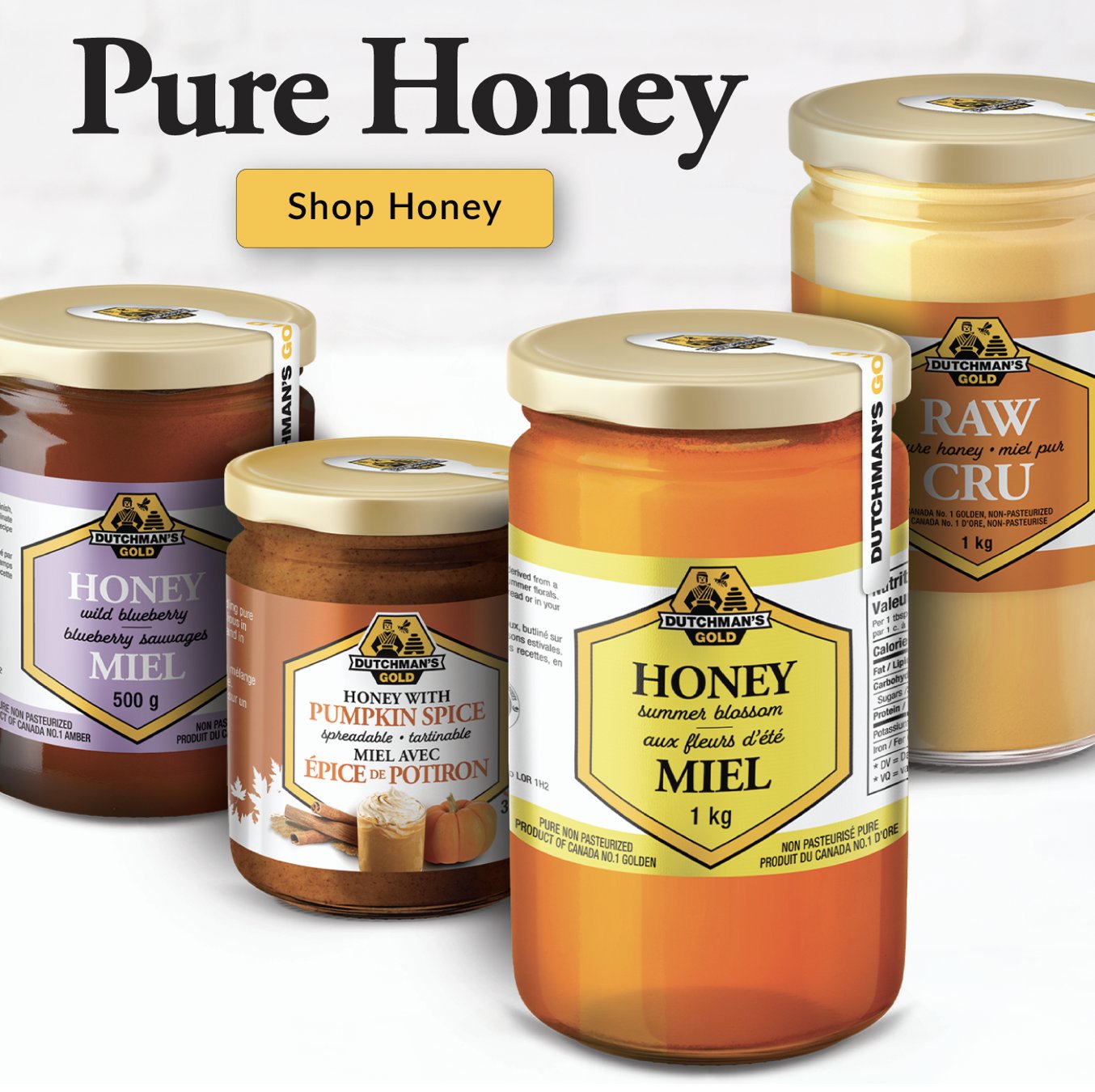
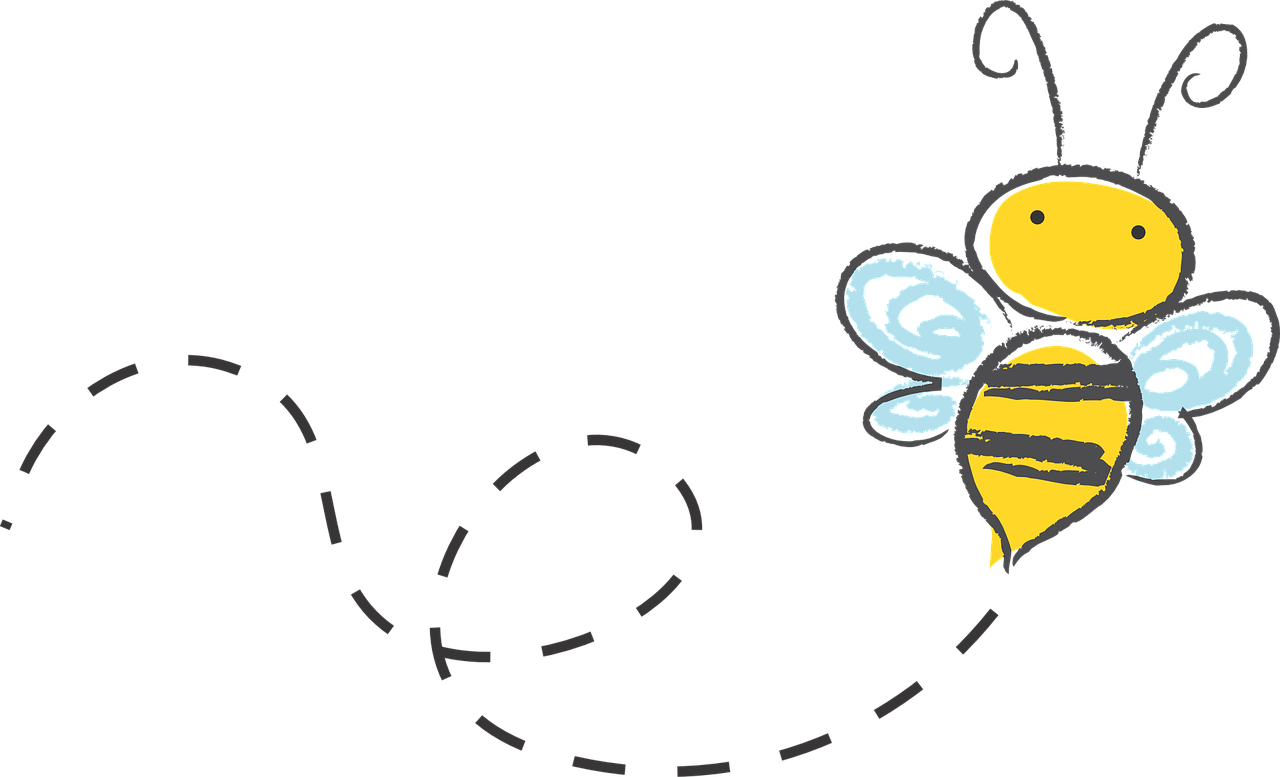
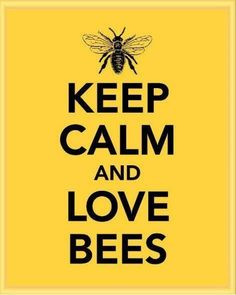
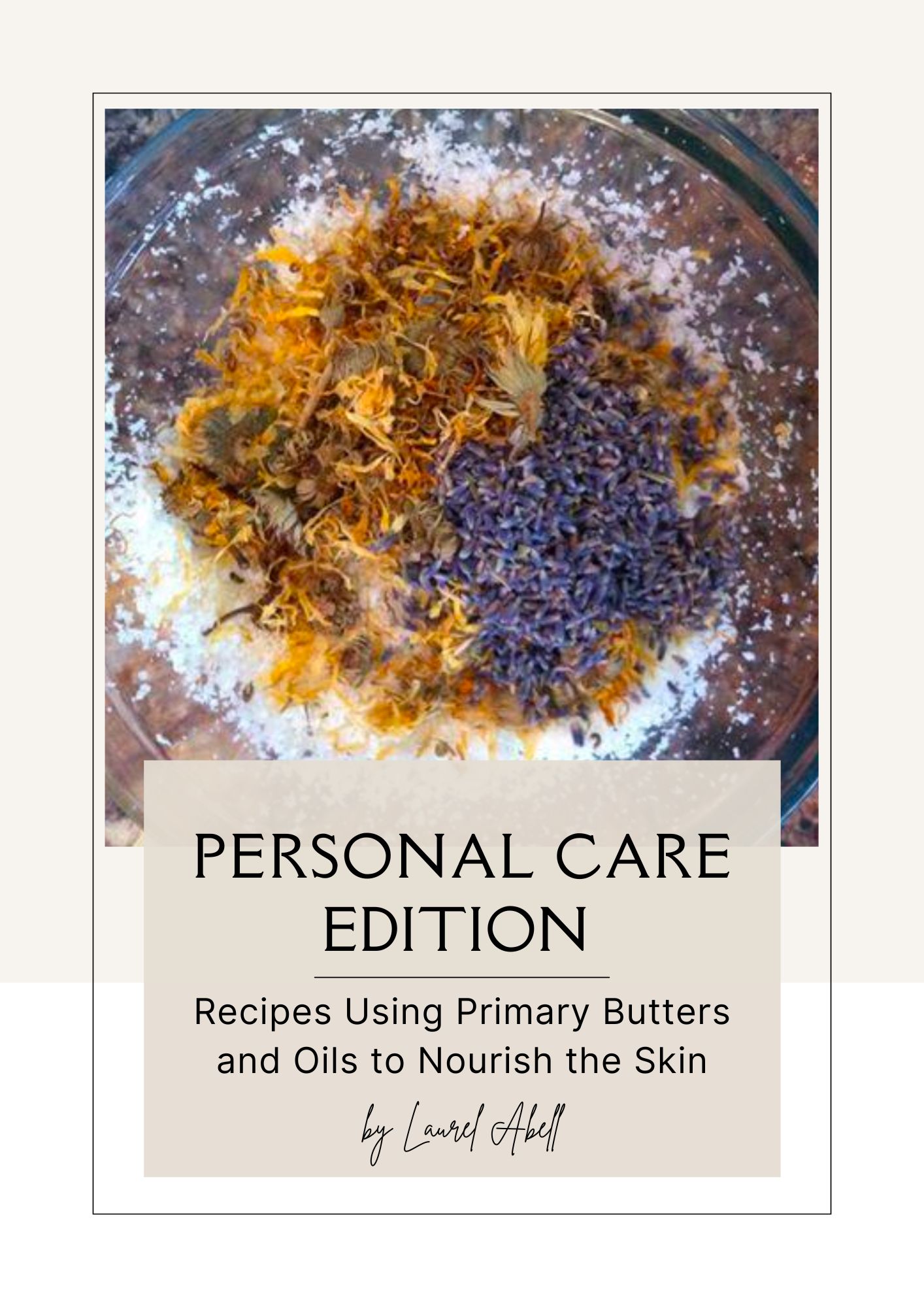
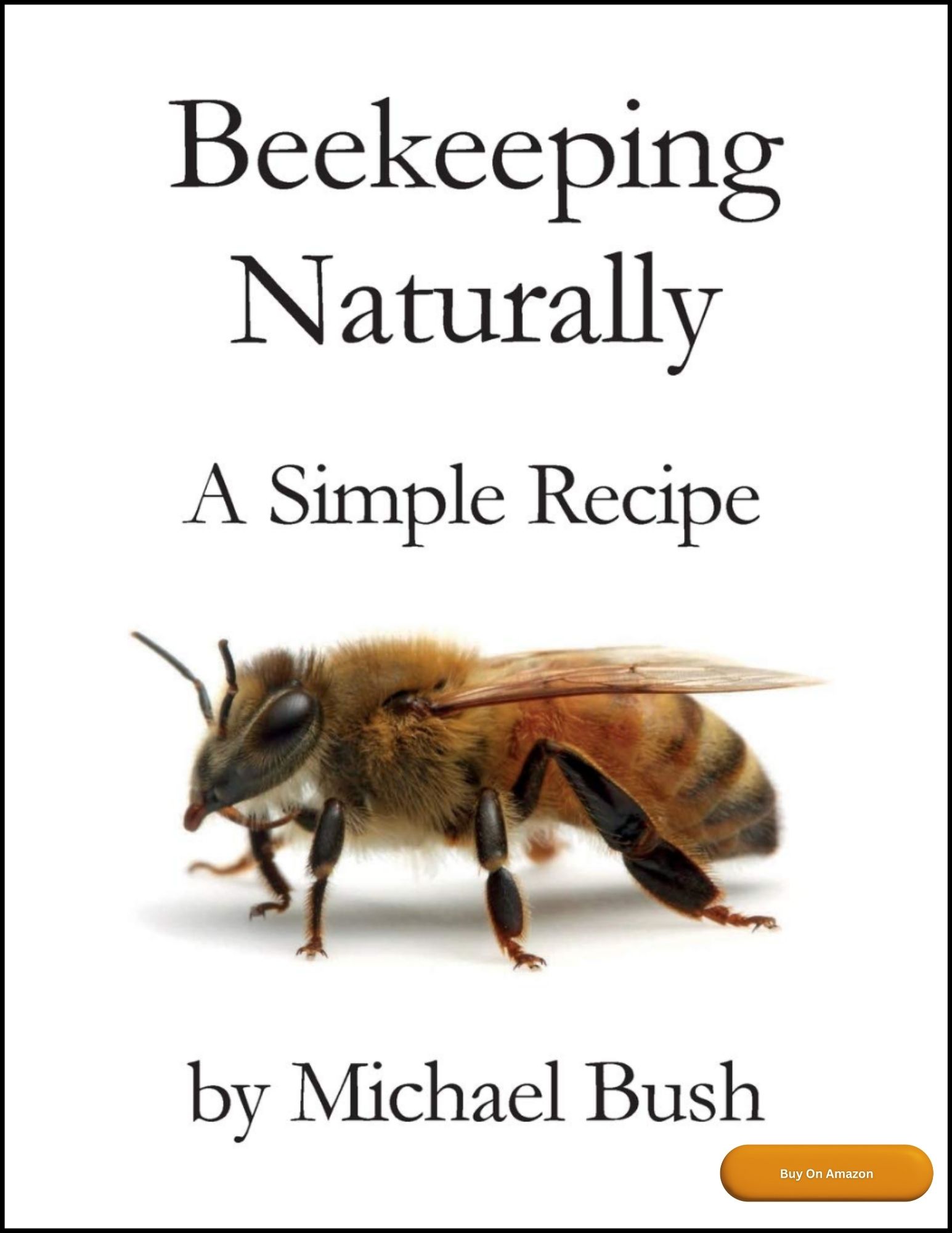
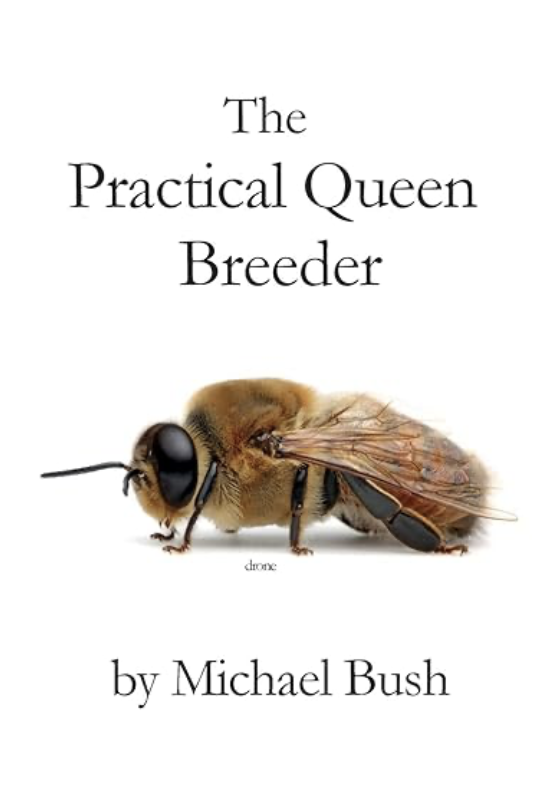
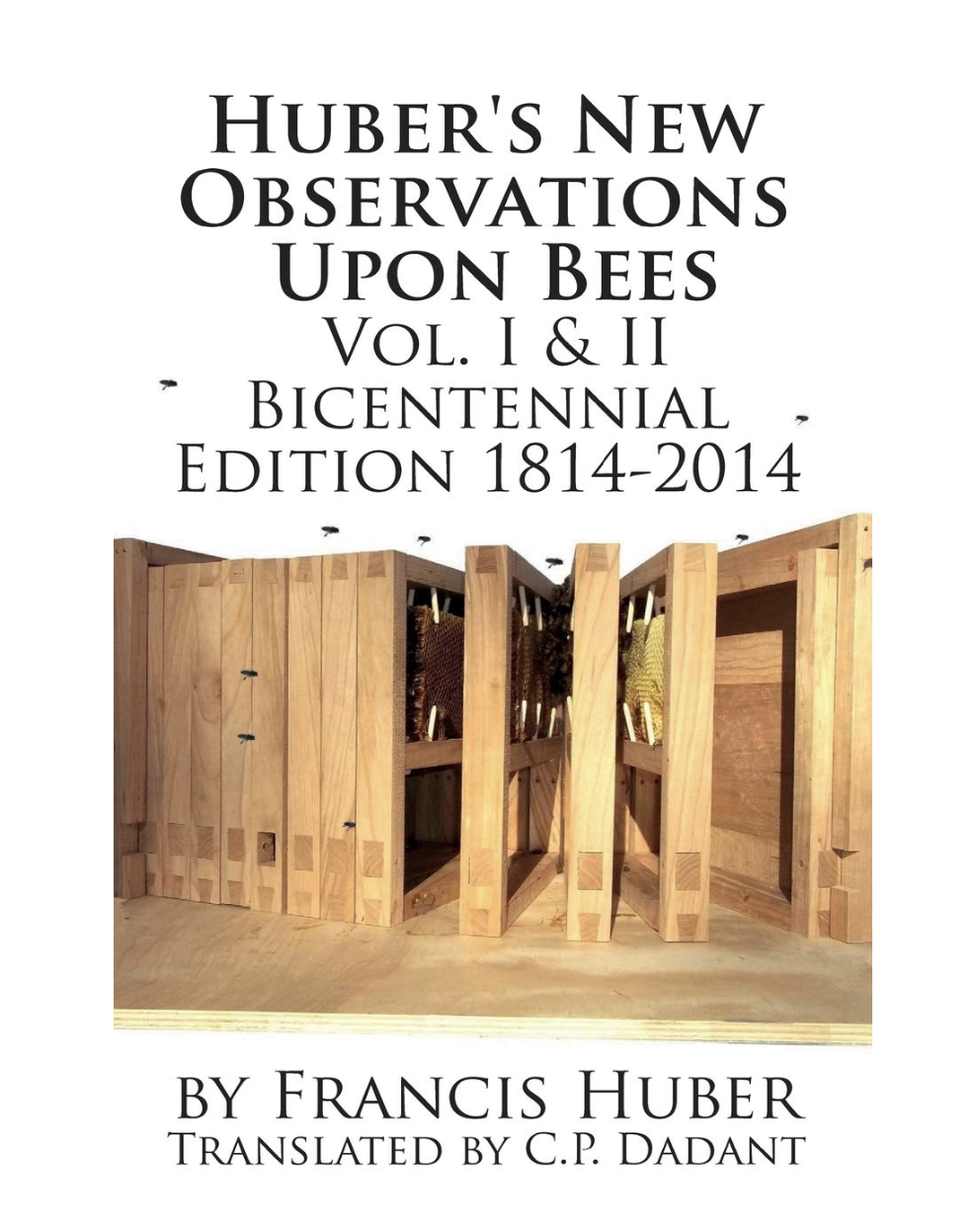
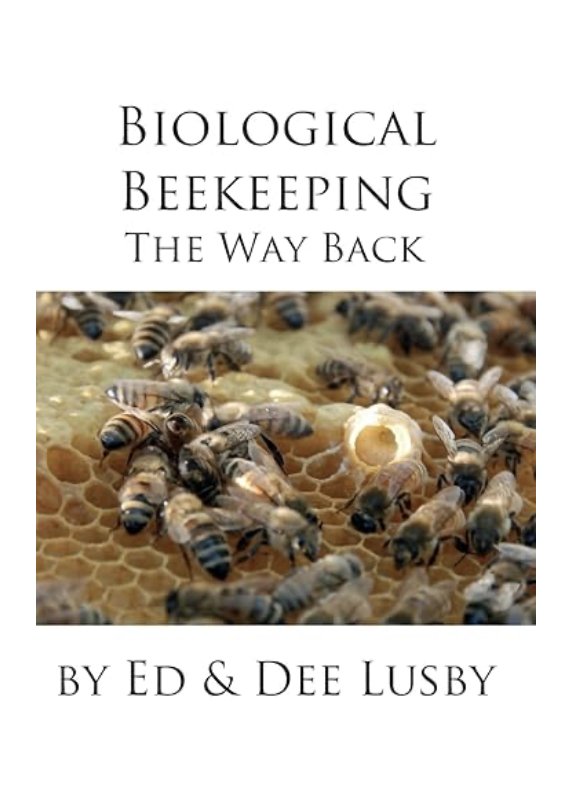

New! Comments
Have your say about what you just read! Leave me a comment in the box below.